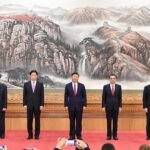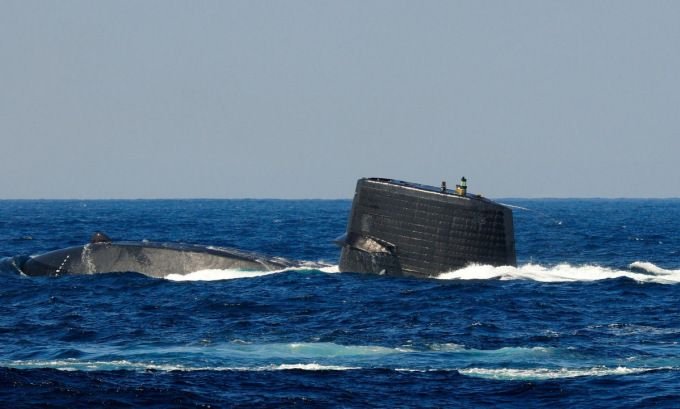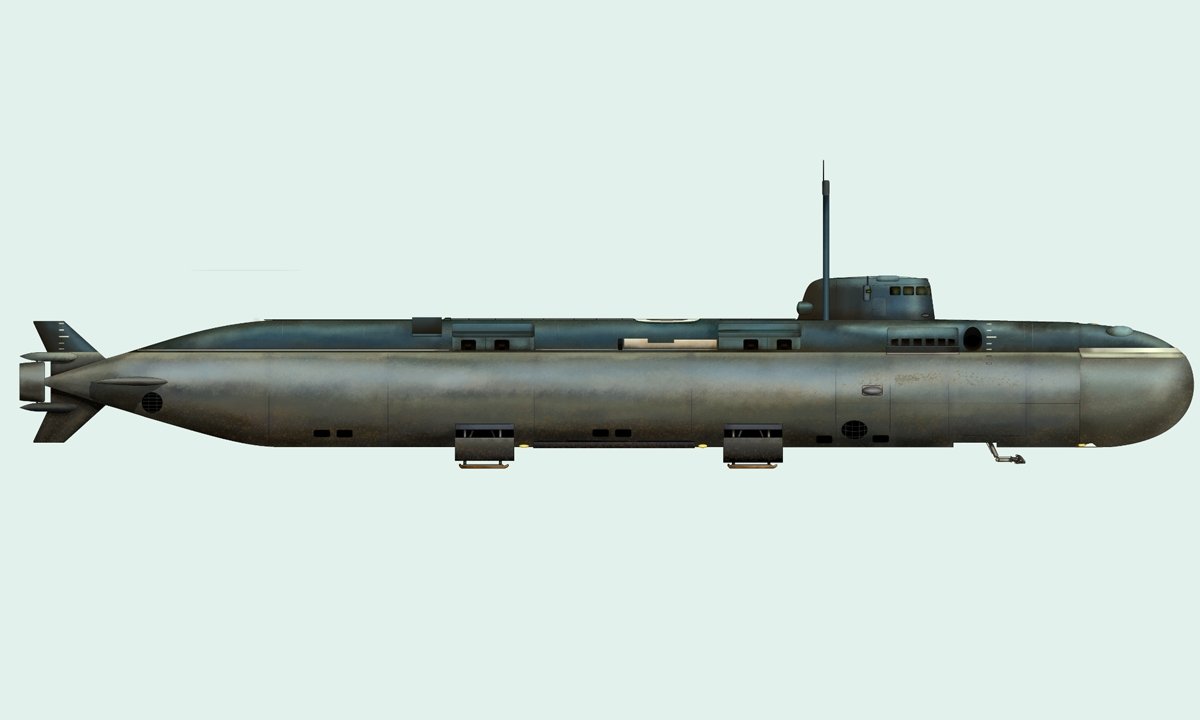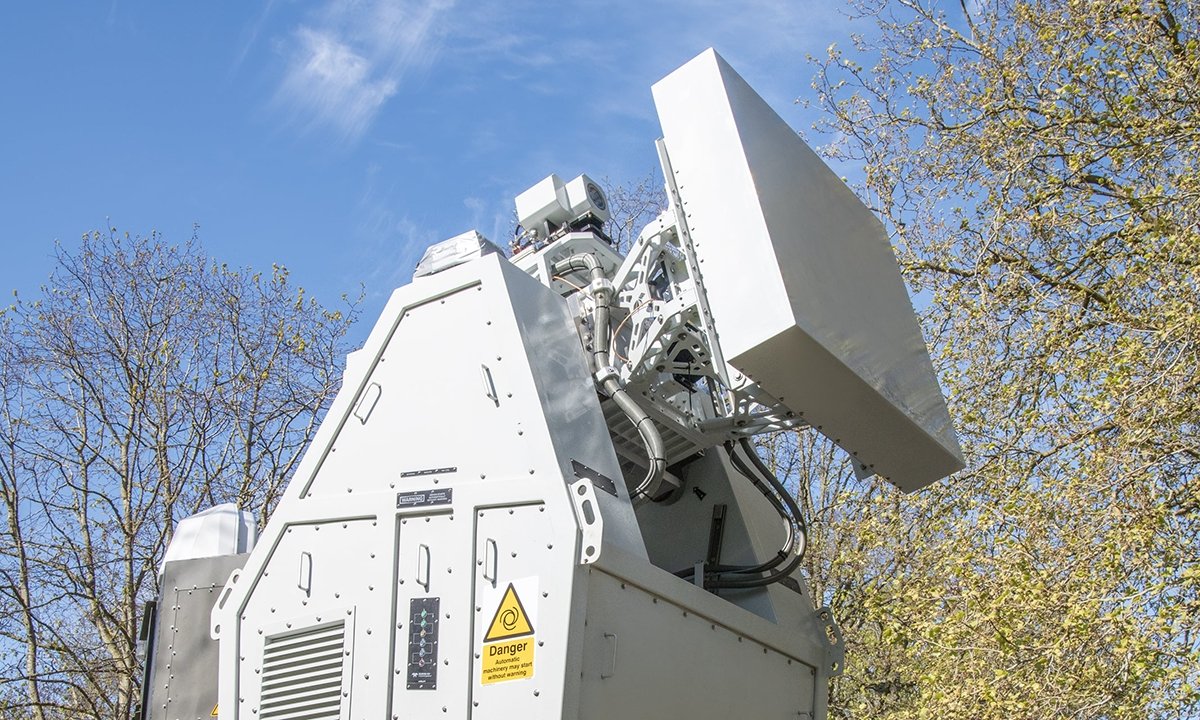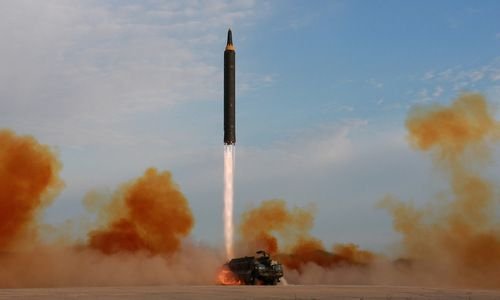China is making efforts to modernize and expand the size of its navy, but still faces a series of weaknesses that are difficult to overcome, one of which is geographical location.
Satellite images show that China’s coast is surrounded by shallow, light blue waters, in contrast to the deep, dark blue waters that surround eastern Taiwan and Japan.
Japanese submarines can immediately dive into deep waters and hide, while Chinese forces do not have that advantage.
A Japanese Soryu-class submarine emerged during a drill in 2019. Photo: JMSDF.
US President Joe Biden and Japanese Prime Minister Yoshihide Suga on April 16 issued a joint statement emphasizing `the importance of peace and stability in the Taiwan Strait`, marking the first time the leaders of the two countries mentioned it.
US Defense Secretary Lloyd Austin last week also proposed the concept of `integrated deterrence`, which calls for allies to coordinate closely to prepare for a future war, with far different characteristics.
Jeffrey Hornung, a political scientist at the US RAND Institute, believes that controlling maritime chokepoints is Japan’s most important contribution to the US coalition in the scenario of a military conflict with China.
According to Hornung, these `weak servants` are located along the Nansei island chain, stretching from the southern tip of Kyushu island to the north of Taiwan island.
This is part of the `first island chain`, a term used to refer to the area within the belt connecting the Kuril Islands through Japan, Okinawa Island, Taiwan Island and to the Philippines.
`When a conflict breaks out, Japanese defense can mobilize submarines and lay mines to completely seal these chokepoints, forcing Chinese warships to move around Taiwan island or go straight into operational space.
In peacetime, Chinese warships often have to move through the Miyako Strait to the Pacific Ocean.
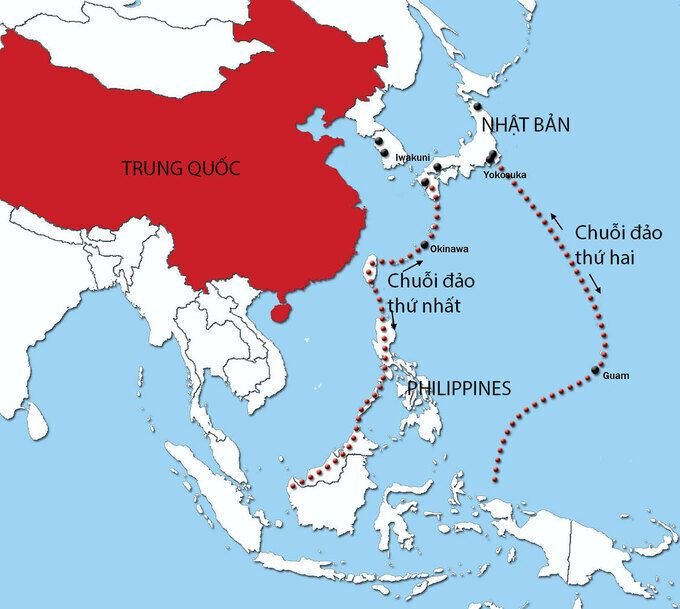
Location of the first and second island chains.
Shugart believes that Japan’s fleet of diesel-electric submarines is the best option for the task of blocking the Chinese navy.
Japan currently operates 20 diesel-electric submarines of the Oyashio and Soryu classes, of which Soyru is considered one of the most difficult to detect submarines in the world, on par with Russia’s Project 636 and Germany’s Type-209.
The US and its allies are looking for many options to deal with China’s increasing combat capabilities.

